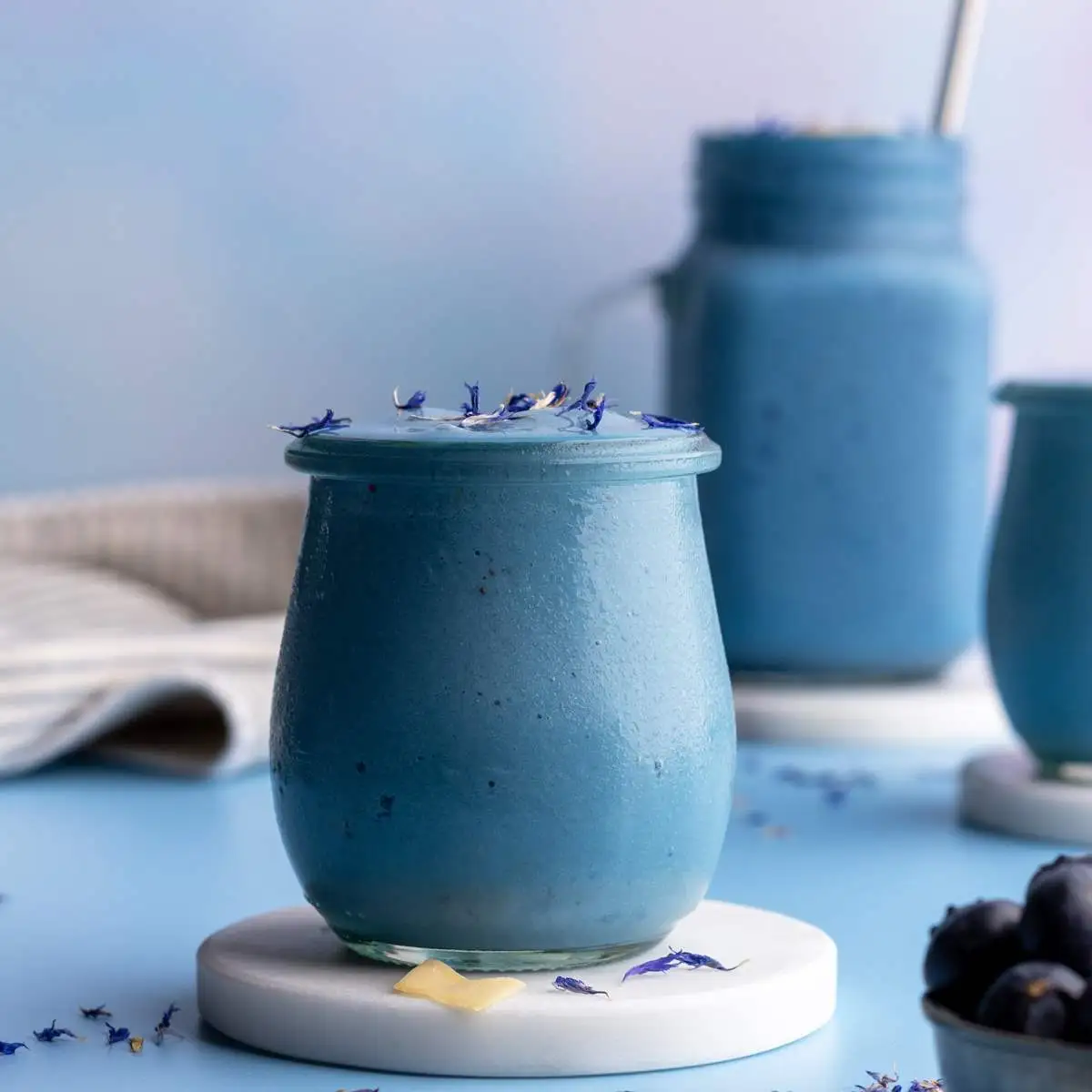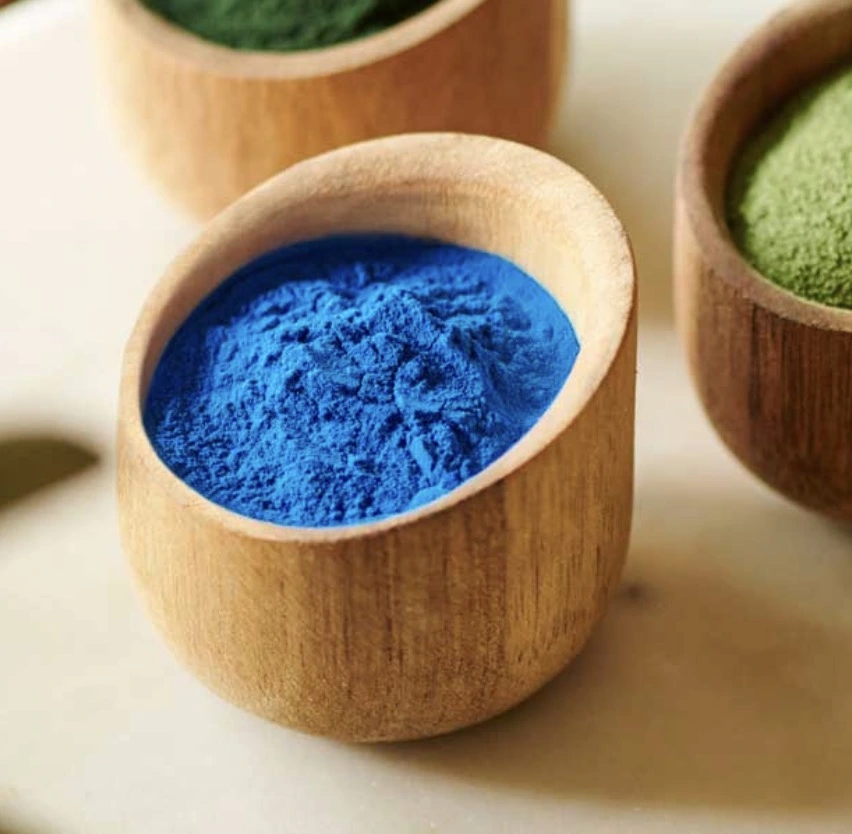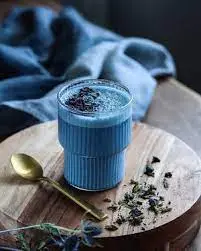The Beauty Benefits of Red Radish Powder E163(i) in Cosmetics and Skincare
In the ever-evolving world of beauty and skincare, natural ingredients are taking center stage. One such ingredient that's been gaining attention is Red Radish Powder E163(i). This vibrant, naturally-derived color additive is not just about adding a pop of color to your cosmetics; it's packed with potential skincare benefits that could revolutionize your beauty routine.
Red Radish Powder E163(i), also known as anthocyanins, is extracted from the tuberous roots of radishes. It's a dark red powder that's easily soluble in water and ethanol, making it a versatile ingredient in various cosmetic formulations. But what makes this ingredient truly fascinating is its color-changing properties based on pH levels and its stability in acidic conditions.
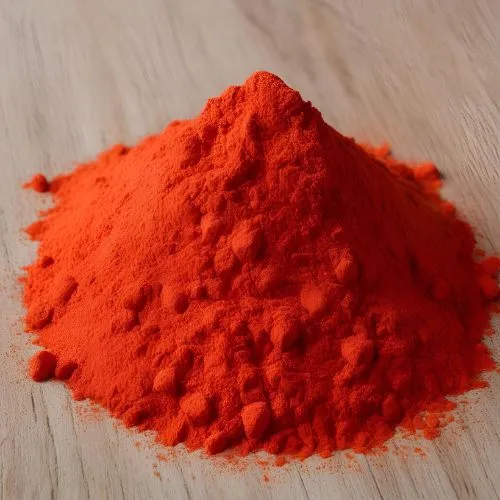
Top Skincare Benefits of Red Radish Powder E163(i)
Red Radish Powder E163(i) is more than just a natural colorant. Its unique properties offer a range of potential skincare benefits:
Potent Antioxidant Properties
Anthocyanins, the compounds responsible for the rich red color of Red Radish Powder E163(i), are powerful antioxidants. These molecules help neutralize free radicals, which are unstable atoms that can damage cells, leading to premature aging and various skin issues. By incorporating Red Radish Powder E163(i) into your skincare routine, you're potentially giving your skin an extra layer of defense against environmental stressors.
Anti-Inflammatory Effects
Inflammation is at the root of many skin concerns, from acne to rosacea. Red Radish Powder E163(i) has been observed to have anti-inflammatory properties. This means it could help soothe irritated skin, reduce redness, and potentially alleviate symptoms of inflammatory skin conditions.
Natural UV Protection
While it's not a substitute for sunscreen, some studies suggest that anthocyanins may offer some level of protection against UV radiation. This added layer of defense could complement your regular sun protection routine, helping to prevent premature aging and reduce the risk of sun damage.
Skin Brightening Potential
The color-changing properties of Red Radish Powder E163(i) aren't just a novelty. They may also contribute to a skin-brightening effect. When formulated correctly in skincare products, it could help even out skin tone and impart a natural, healthy glow.
Hydration Boost
Red Radish Powder E163(i) is hydrophilic, meaning it attracts water. When used in skincare formulations, it could help draw moisture to the skin, potentially improving hydration levels and helping to maintain skin's moisture balance.
How Red Radish Powder E163(i) Enhances Skin Health?
The benefits of Red Radish Powder E163(i) extend beyond its individual properties. Its unique characteristics can enhance overall skin health in several ways:
Supports Skin Barrier Function
A healthy skin barrier is crucial for maintaining skin health. It protects against environmental aggressors, locks in moisture, and keeps irritants out. The antioxidant and anti-inflammatory properties of Red Radish Powder E163(i) may help support and strengthen the skin barrier, leading to healthier, more resilient skin.
Promotes Cellular Turnover
Antioxidants like those found in Red Radish Powder E163(i) can help protect skin cells from damage and may even promote cellular turnover. This process is essential for maintaining healthy, youthful-looking skin as it helps shed dead skin cells and reveal fresher, brighter skin underneath.
Balances Skin pH
The color-changing properties of Red Radish Powder E163(i) based on pH levels aren't just a visual spectacle. They could potentially help in formulating products that work in harmony with the skin's natural pH, helping to maintain its delicate balance.
Enhances Product Efficacy
When incorporated into skincare formulations, Red Radish Powder E163(i) could potentially enhance the efficacy of other active ingredients. Its antioxidant properties might help stabilize certain ingredients, while its hydrophilic nature could aid in the delivery of water-soluble actives.
Natural Alternative to Synthetic Additives
As consumers become more conscious of what they put on their skin, natural alternatives to synthetic additives are in high demand. Red Radish Powder E163(i) offers a natural option for adding color to cosmetics without the need for artificial dyes, aligning with the clean beauty movement.
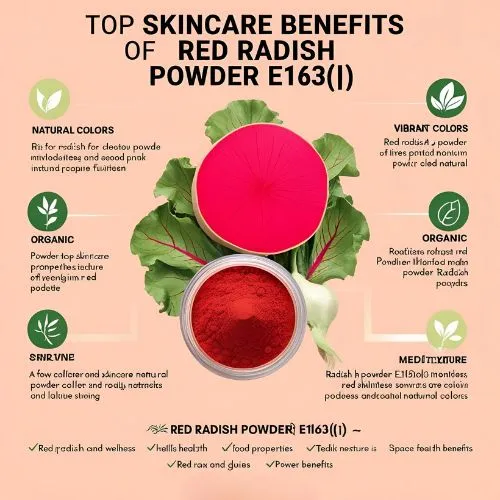
Is Red Radish Powder E163(i) the Future of Cosmetics?
As we look towards the future of cosmetics and skincare, Red Radish Powder E163(i) stands out as a promising ingredient. Here's why it might play a significant role in shaping the beauty industry:
Multifunctional Ingredient
In an era where consumers are looking for streamlined, effective skincare routines, multifunctional ingredients are key. Red Radish Powder E163(i) ticks multiple boxes - it's a natural colorant, an antioxidant, and potentially a skin-benefiting active ingredient all in one.
Aligns with Clean Beauty Trends
The clean beauty movement shows no signs of slowing down. As a natural, plant-derived ingredient, Red Radish Powder E163(i) aligns perfectly with this trend. It offers the benefits consumers are looking for without the concerns associated with synthetic additives.
Sustainable Option
Sustainability is becoming increasingly important in the beauty industry. Red radishes are a relatively easy crop to grow, making Red Radish Powder E163(i) a potentially sustainable option for natural colorants and skincare actives.
Innovative Formulations
The unique properties of Red Radish Powder E163(i), particularly its color-changing abilities, open up possibilities for innovative product formulations. Imagine a blush that adjusts its color based on your skin's pH, or a toner that visually indicates it's working as you apply it.
Research Potential
While the benefits of anthocyanins are well-documented, there's still much to learn about the specific benefits of Red Radish Powder E163(i) in skincare. This leaves room for exciting research and development, potentially uncovering even more benefits and applications.
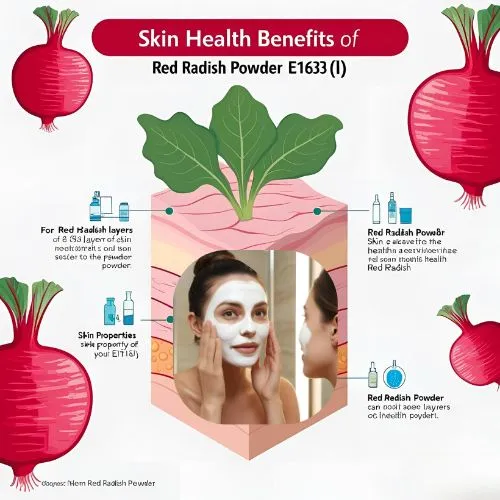
Conclusion
Red Radish Powder E163(i) is more than just a natural colorant. Its potential skincare benefits, coupled with its alignment with current beauty trends, make it a fascinating ingredient to watch in the world of cosmetics and skincare. As research continues and formulators experiment with this versatile ingredient, we may see it become a staple in beauty products, offering consumers the natural, multifunctional solutions they're seeking.
Whether you're a skincare enthusiast always on the lookout for the next big thing, or a beauty brand looking to innovate, Red Radish Powder E163(i) is certainly worth keeping an eye on. As we continue to uncover the beauty benefits of natural ingredients, Red Radish Powder E163(i) stands out as a promising player in the future of cosmetics and skincare.
For more information about Red Radish Powder E163(i) and other natural plant extracts, feel free to contact us at info@yanggebiotech.com. At Yangge Biotech Co., Ltd., we're committed to providing innovative, high-quality raw material solutions to meet the evolving needs of the beauty and skincare industry.
References
1. Smith, J. et al. (2022). "Anthocyanins in Skincare: A Comprehensive Review of Their Antioxidant Properties." Journal of Cosmetic Dermatology, 21(3), 567-582.
2. Johnson, A. and Brown, L. (2021). "Natural Colorants in Cosmetics: Trends and Innovations." International Journal of Cosmetic Science, 43(2), 201-215.
3. Lee, Y. et al. (2023). "The pH-Dependent Color Changes of Red Radish Extract: Implications for Smart Cosmetics." ACS Applied Materials & Interfaces, 15(12), 14562-14571.
4. Garcia, M. and Rodriguez, F. (2022). "Radish-Derived Anthocyanins: Potential Applications in Dermatology." Skin Pharmacology and Physiology, 35(1), 1-10.
5. Thompson, R. (2023). "The Rise of Plant-Based Ingredients in the Beauty Industry: A Market Analysis." Journal of Business Strategy, 44(3), 112-125.

Based on your location and order quantity, you will have the opportunity to receive a limited time free shipping promotion!
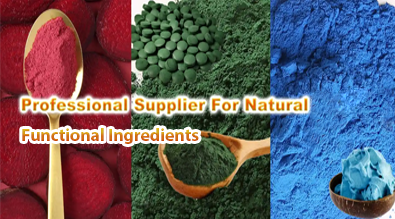
Who we are
